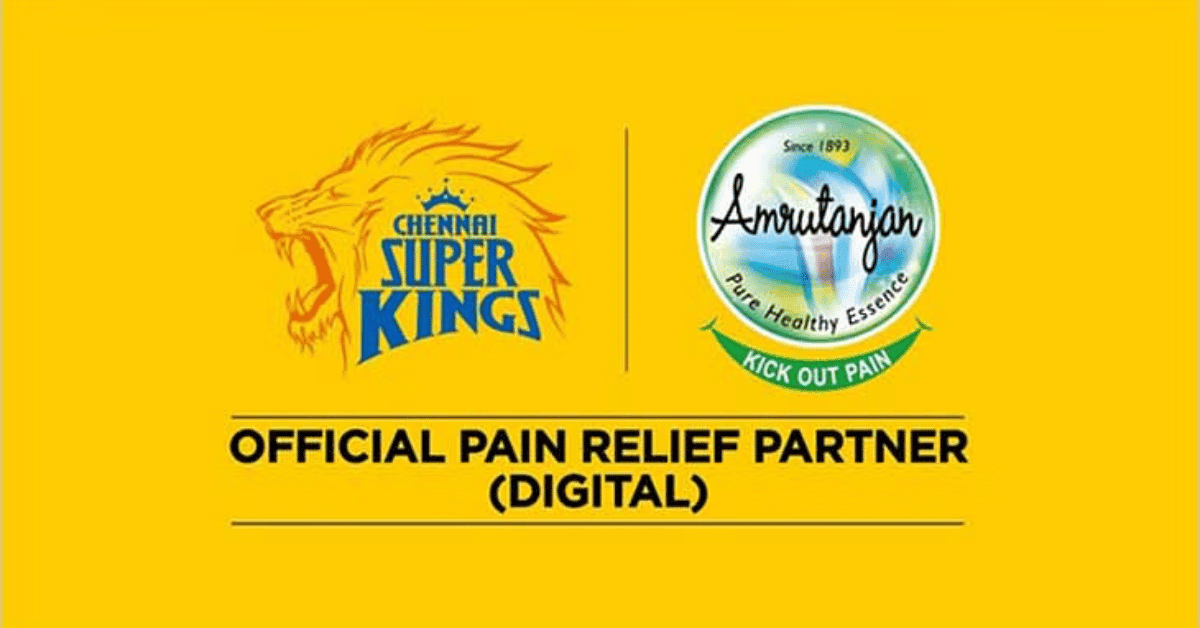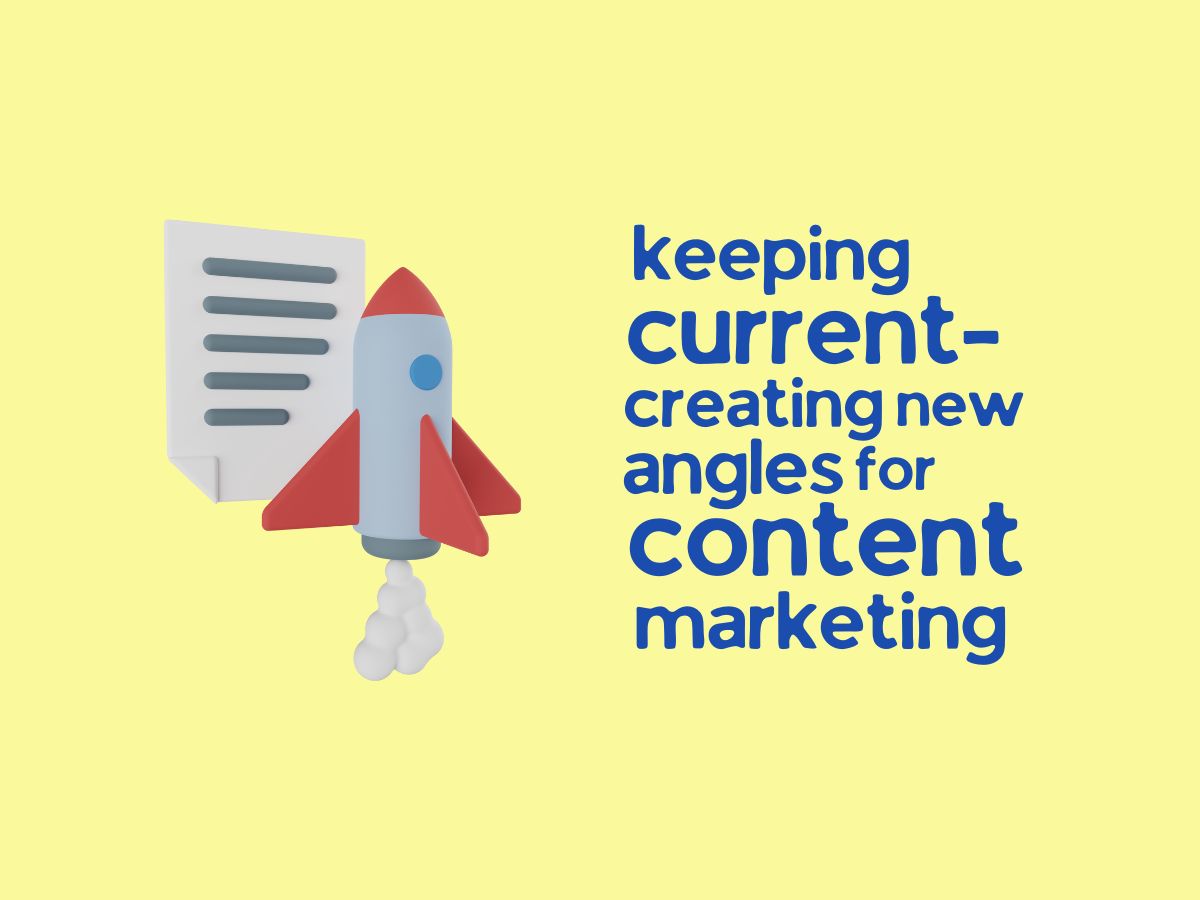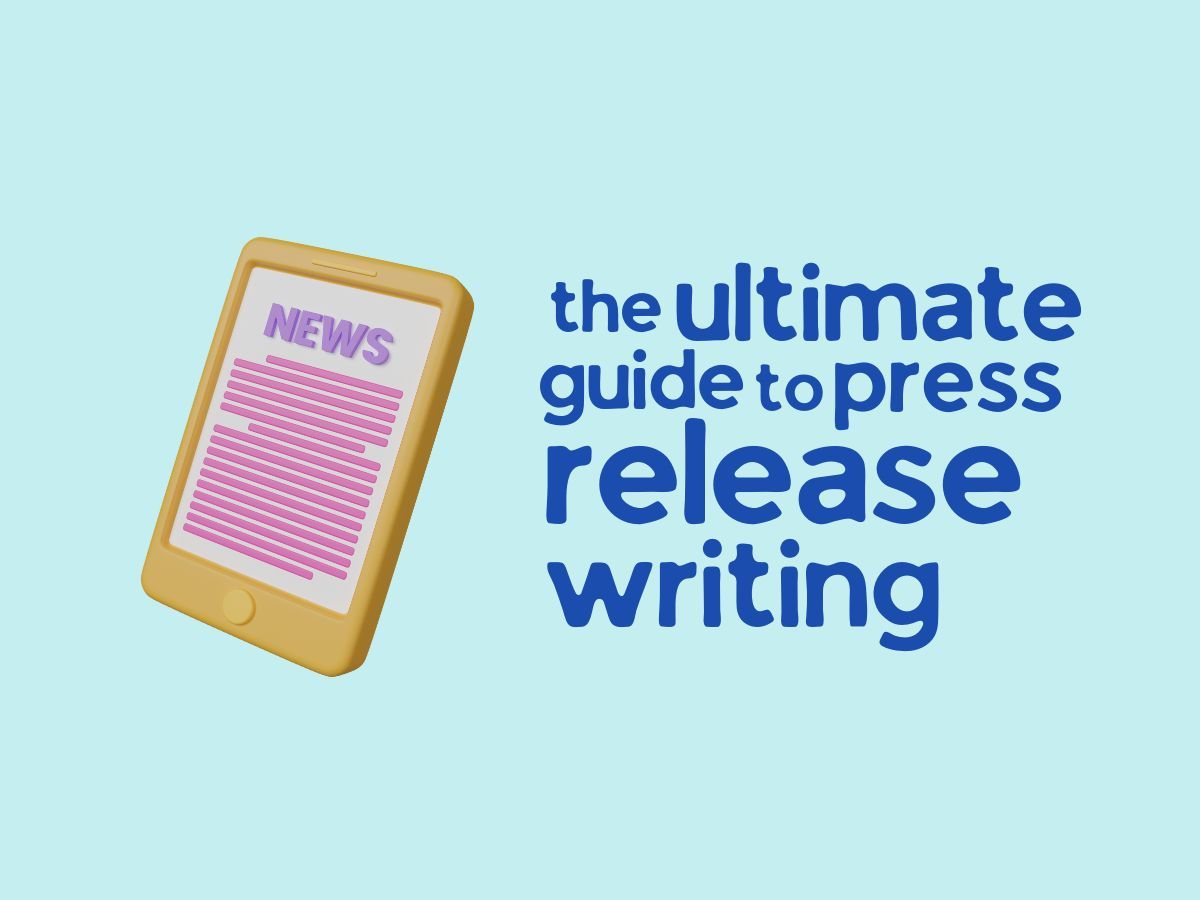The Ultimate Guide to Email Writing for Marketing
Email marketing is still one of the highest ROI-giving marketing channels, reportedly yielding over 36 times the return on investment. In this guide, we’ll cover the essential elements of email writing for marketing and how to craft emails that get results.
Define your purpose and audience
Before you even start writing your email, it’s important to know what you want to achieve and who you’re trying to reach. Defining your purpose clearly will help guide the content and tone of your email, as well as the call to action. For example, if your purpose is to promote a new product, your email will likely be more sales-focused and include a strong call to action to make a purchase. On the other hand, if your purpose is simply to keep in touch with your subscribers and build relationships, your email might be more informative and focus on providing value.
It’s also important to segment your email list so that you’re targeting the right people with the right message. For example, if you have a diverse product line, you might segment your list based on the products that individual subscribers have shown interest in. This way, you can send more targeted and relevant emails that you are more likely to be engaged with.
Use a clear, compelling subject line
The subject line is the first thing your audience sees when they receive your email, so it’s crucial to make it count. A good subject line should be short and to the point, and use language that is clear, compelling, and relevant to your audience. It should also include the most essential information upfront, as people are more likely to open an email if they know what to expect.
Avoid using spammy or sensationalist language in your subject line, as this can turn off potential readers and damage your sender’s reputation. You should also avoid using too many capital letters or exclamation points, as these can come across as shouting or desperate. Instead, use language that speaks to your audience’s needs and interests, and conveys the value of your email.
Personalize your email
Personalization can go a long way in making your emails more effective. Using your subscribers’ names is an easy way to make your emails feel more personal, but there are many other ways to personalize your emails as well. For example, you can segment your list and use language that speaks directly to different groups. You can also tailor your emails to your audience’s interests or location. For example, if you know that a certain group of subscribers is interested in a particular topic, you can send them emails that are more focused on that topic.
Personalization can also involve using dynamic content, which is content that changes based on the individual viewer. For example, you might use dynamic content to show different products to different subscribers based on their past purchases or browsing history. This can help make your emails feel more targeted and relevant to each reader.
Use a clear, concise writing style
When it comes to email writing, less is often more. Use clear, concise language and avoid using jargon or overly technical terms. Break up your content into short paragraphs and use bullet points or numbered lists to make it easier to scan. And be sure to get to the point quickly – your audience’s attention span is likely limited, so make sure you deliver your message efficiently.
It’s also important to use a writing style that is appropriate for your audience and aligns with your brand’s voice and tone. For example, if you’re targeting a more formal audience, you might use a more formal writing style. On the other hand, if you’re targeting a younger, more casual audience, you might use a more conversational and casual tone.
Another important aspect of email writing is formatting. Use headings, subheadings, and bullet points to break up your content and make it easier to read. Also, pay attention to font choices and sizes, and use white space to help guide the reader’s eye. By formatting your emails in a way that is easy to read and navigate, you can increase the chances of your message being absorbed and acted upon.
Include strong calls to action
Your call to action (CTA) is what you want your audience to do after reading your email. It could be to make a purchase, sign up for a newsletter, or download a free resource. Whatever it is, make it clear and specific, and use actionable language. Use buttons or other design elements to make your CTA stand out, and consider including more than one CTA in your email to give your audience options.
A strong CTA should be relevant to the content of your email and align with your overall purpose. For example, if you’re promoting a new product, your CTA should be to make a purchase. On the other hand, if your email is more informational, your CTA might be to sign up for a newsletter or download a resource.
Optimize for mobile
With more and more people accessing their emails on their smartphones, it’s important to optimize your emails for mobile. This means using a responsive design that adjusts to different screen sizes, using larger font sizes and buttons, and including plenty of white space to make it easier to read on a small screen.
Mobile optimization is critical if you’re using a lot of images or other design elements in your emails. These can be harder to view on a small screen, so it’s important to make sure they are properly formatted and sized for mobile. You should also test your emails on different devices to make sure they look and function as intended.
Test and optimize
As with any marketing tactic, it’s important to test and optimize your emails to see what works best. This can involve A/B testing different subject lines, calls to action, or email layouts to see which ones perform better. You can also track metrics such as open rates, click-through rates, and conversion rates to see how your emails are performing and make improvements accordingly.
There are many tools and software available to help you test and optimize your emails, such as email marketing platforms, A/B testing tools, and analytics software. By continuously testing and optimizing your emails, you can improve their performance over time and get better results.
Conclusion
In conclusion, writing effective emails for marketing requires a combination of strategy and good writing practices. By defining your purpose and audience, using a clear, compelling subject line, personalizing your emails, and including strong calls to action, you can create emails that effectively deliver your message and drive results.
Get the most out of your time by reading just the content you need, subscribe to our newsletter for tips and insights delivered straight to your inbox. Be sure to follow us on social media to catch up on some incredible marketing strategies, see you in the next one!




















